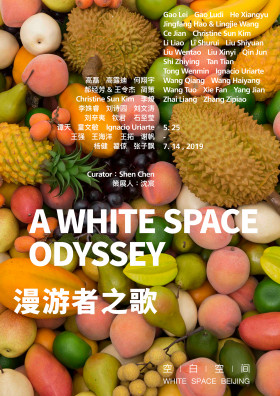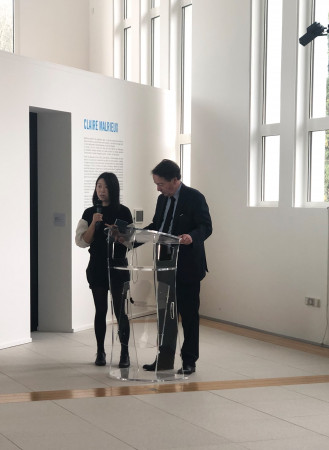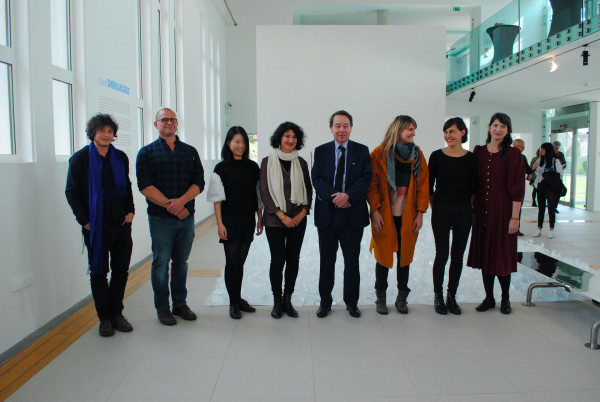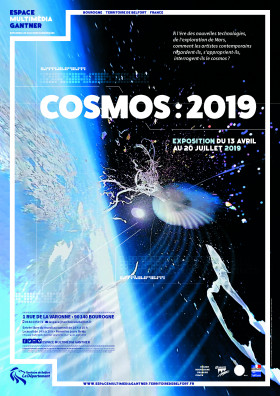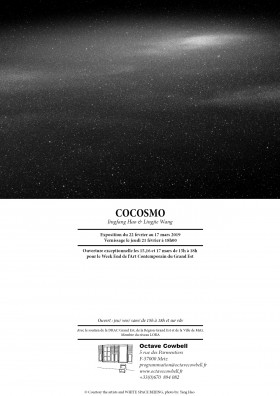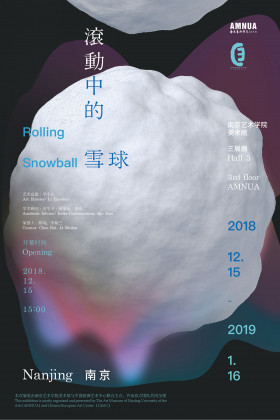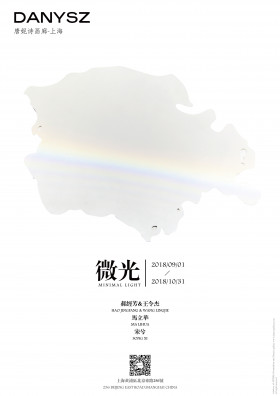Artists: Gao Lei, Gao Ludi, He Xiangyu, Jingfang Hao & Lingjie Wang, Ce Jian, Christine Sun Kim, Li Liao, Li Shurui, Liu Shiyuan, Liu Wentao, Liu Xinyi, Qin Jun, Shi Zhiying, Tan Tian, Tong Wenmin, Ignacio Uriarte, Wang Qiang, Wang Haiyang, Wang Tuo, Xie Fan, Yang Jian, Zhai Liang, Zhang Zipiao
Curator: Shen Chen
« As you set out for Ithaka, hope your road is a long one, full of adventure, full of discovery. »
In 1911, the Greek novelist Constantine Cavafy wrote these verses to a poem entitled, Ithaka. It expressed the writer’s nostalgia for his hometown and lament for long life. Being an exile in many ways, he distanced his writing from current literary trends. Instead, he created an independent spiritual world for his poetry. The island Cavafy mentioned in the poem is hero Odysseus’ hometown, portrayed in Homer’s 24-chapter epic, The Odyssey. In this epic, Odysseus, whose name means « way of mind » in ancient Greek, traveled for ten years on the sea to return to Ithaka.
As of now, dispersion has the attributes of many new and complex meanings. Particularly in the political and economic context of globalization, in a world decentralized yet connected through the Internet, to disperse may be construed as taking a proactive journey or making a self-driven choice. As in the case of 2001: A Space Odyssey, modeled on the classical literature of The Odyssey, in which a journey trapped on the sea is transformed into an active exploration to the enigmatic universe. In a world like the one we live in, the locations of birth, studies, work, and life for these 24 artists at White Space Beijing have also been shifting constantly on this long journey. However, we are more interested in the happiness, joy, confusion, obstacles, and the life they have inadvertently encountered, as well as how these experiences would pivotally impact their spiritual world and art practices?
A White Space Odyssey aims to present a « midway exposure » for the 24 artists’ journeys at White Space Beijing. By selecting these « cue-dependent » works of art that are transversal in their practice, we are given the opportunity to go back to the spiritual homeland of their respective artistic subjects. These « cue-dependent » works are not necessarily the most familiar pieces in their practices, however, to a certain degree, each exemplifies or embodies the artist’s personalized experiments and explorations with regards to subject matter, concept, and approach. With regards to the temporal component of this selection, some artists choose to exhibit their early works in order to address the approach they have taken that had a tremendous impact in their practice thereafter; others present the more recent works that exhibit the artists’ current and important transitions, as they may offer a response to their earlier practice. In terms of the spiritual component of the artworks, some embarked on introspective journeys that uncover the meanings of their internal experiences; others are proactively relating to the outside world and try to provide responses to the agitated realities – in spite in most cases, the two are intimately intertwined. These choices are made on the basis of the artists’ current work and their state of being, which aim to showcase their continuous critical thinking and commitment to art practice.
This exhibition is not interested in articulating a general experience. Instead, it hopes the viewer would engage with the practice of each individual artist by look into the long way they have come, tracing back their individual will, thinking, judgment and value choices. With the diversity and complexity of these individual lives, we hope to weave a radiant constellation and the possibility towards a future paradise.
 En
En 中文
中文